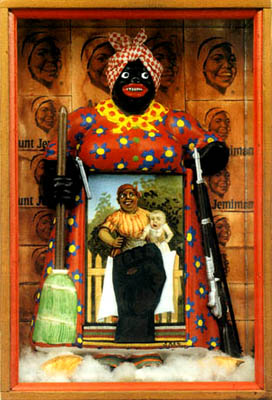Book Tower Project for Reading Races
These towers will be started in class.
Be sure to use time wisely. Anything you don’t complete must be completed at home.
Cards live in your Ziplock bag until the project is complete.
You may select any book you have read for Reading Races. Your choice must be signed off on your reading race list for the spring semester.
Begin by writing your name and the title of your book on the read line of each card.
Card One:Setting.
On the lined side of your card, label Setting and write a multi-sentence description of the setting, including time (past, present or future) and place. If there are multiple main settings, explain this. If the setting helps create a conflict in the story, explain this (example: if the character goes on a journey through dangerous mountains, the setting is helping create conflict).
On the unlined side, draw a depiction of an important part of the setting.
Card Two: Protagonist/ Main Character.
On the lined side of the card, label Protagonist and explain who the protagonist or main character is.
Include:
- A multi-sentence explanation of important aspects of the character
- Three specific character trait adjectives (use page 2 of your English journal for ideas.)
If there is more than one main character, explain this and write about both.
On the unlined side of the card, draw a picture for the main character. You can be creative about how you will portray them, including using cut paper/ paint/ other artistic techniques.
Card Three: Conflicts.
On the lined side of the card label Conflicts and explain one of the major conflicts in the book.
On the unlined side write what type of conflict the main conflict is: person v person; person v self; person v society or person v nature.
Card Four: Motif
On the lined side of the card, choose one motif used in the book. Explain what it is and why it is important.
On the unlined side, draw a picture that illustrates the motif you chose.
Card Five: Hero’s Journey
On the lined side of the card, choose one element of the Hero’s Journey you have found in your novel. Examples include:
- Mentor
- Test
- Talisman
- Reward
- Abyss
- Shadow
Label which element you have chosen. Explain how that element of the Hero’s Journey works in your book..
On the unlined side, draw a picture that illustrates the element you chose.
Card six: Plot. On the lined side of the card, label Plot, and summarize the plot of the entire story in multiple sentences. Do not use the back of the book. It must be in your own words. 50 words or less.
On the unlined side, write the title and author or the book neatly and decoratively and write your own name at the bottom of the card.
Assemble your tower as instructed, and turn in!
Due date: Tuesday, Feb. 11.









